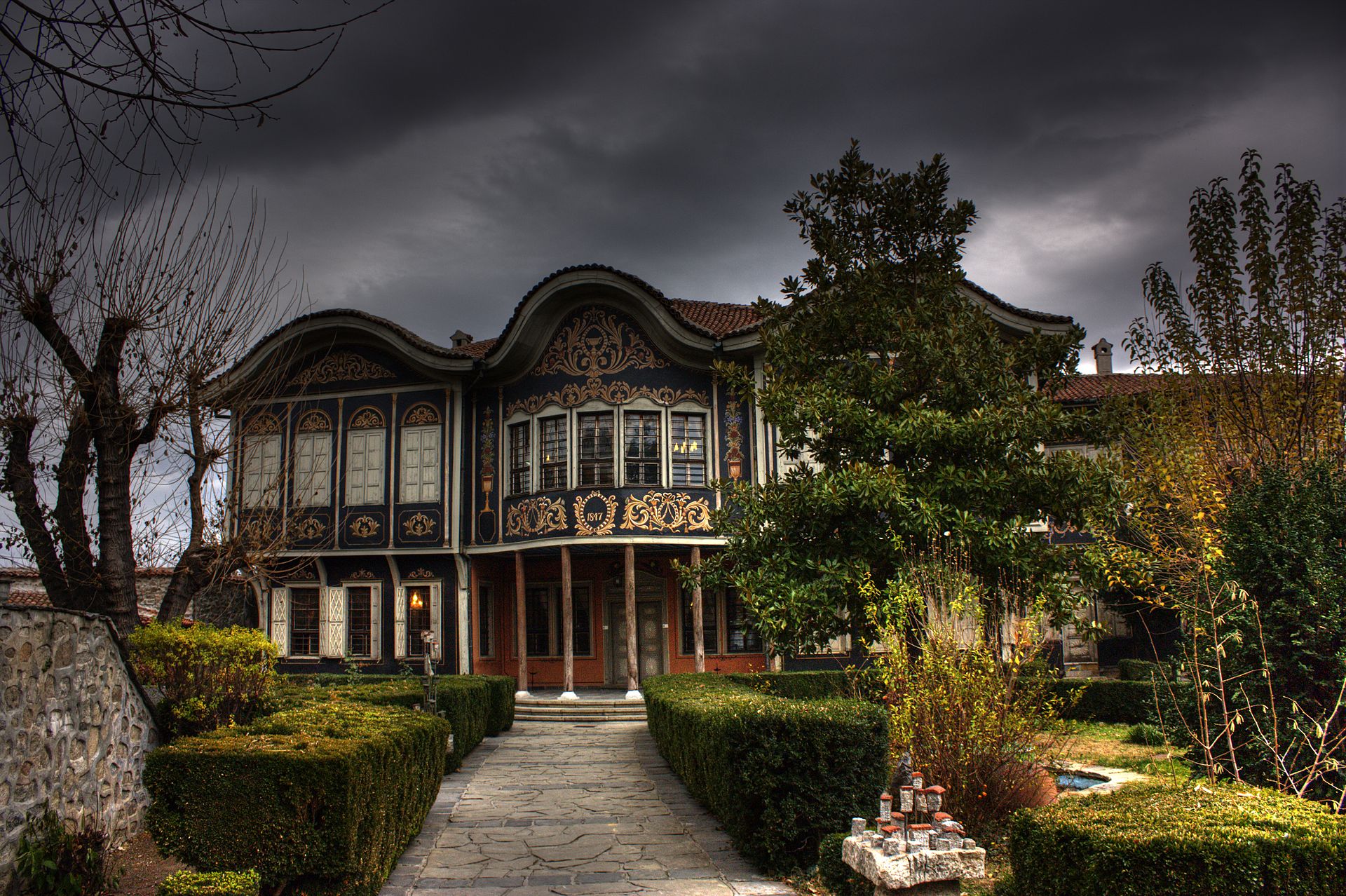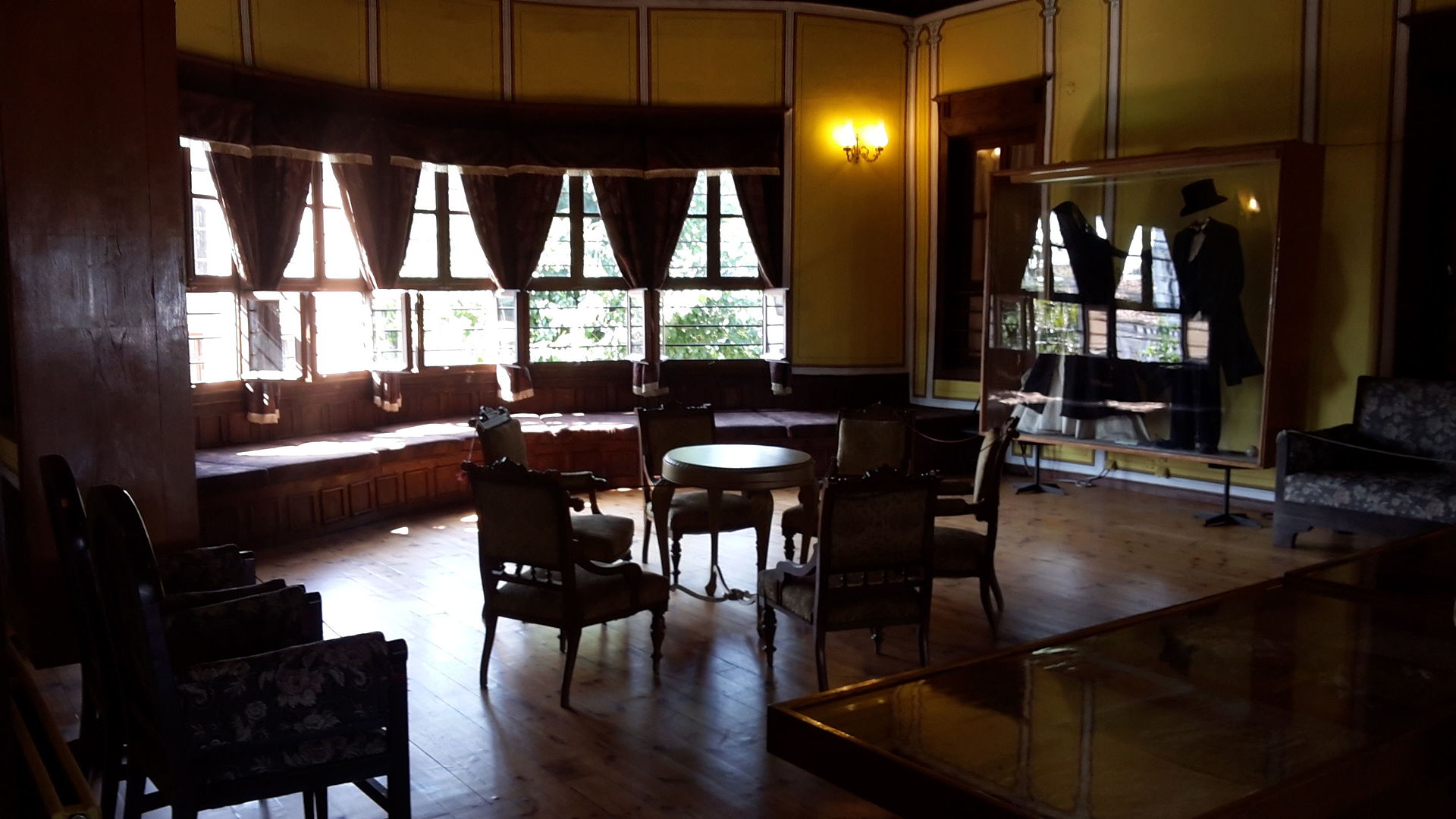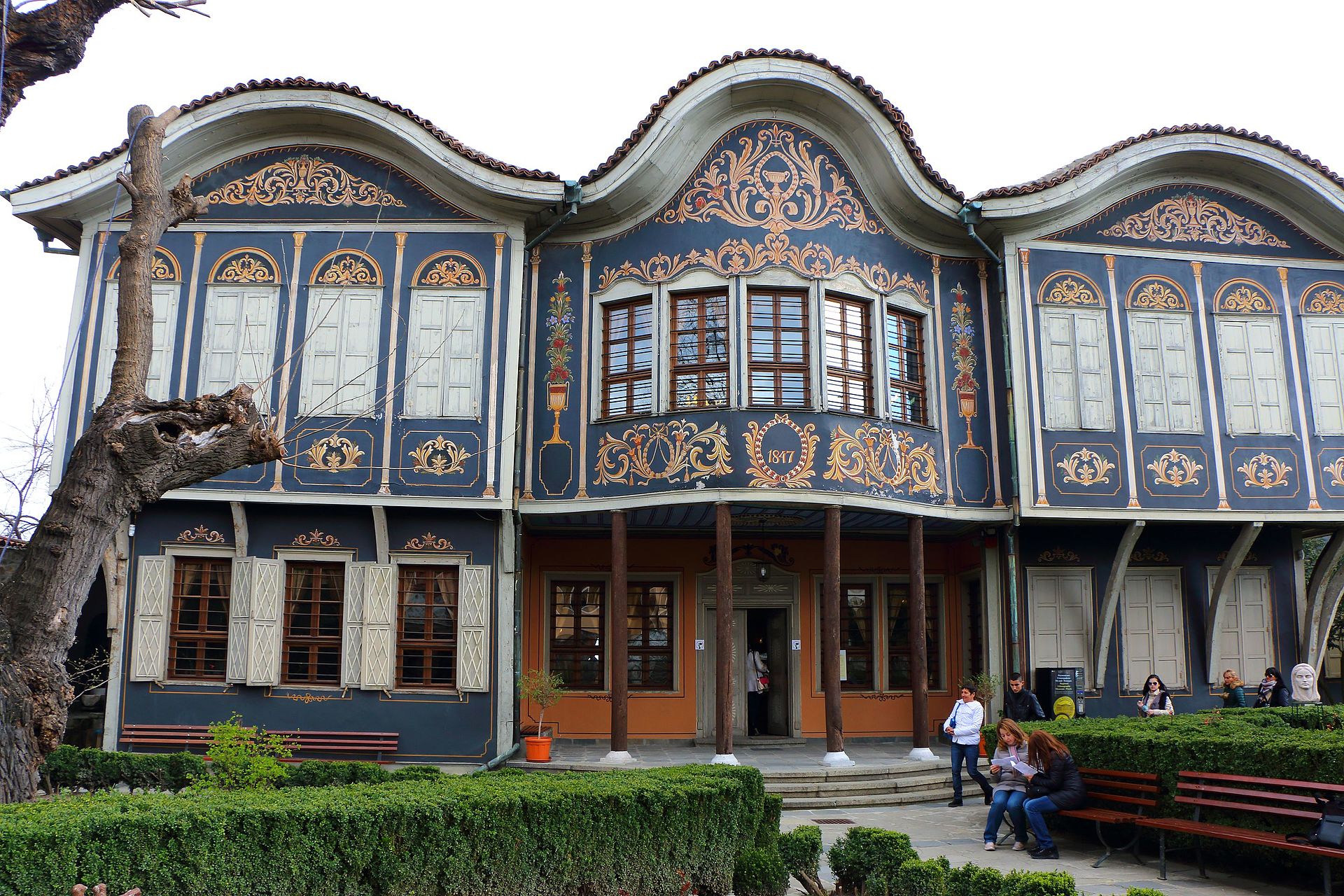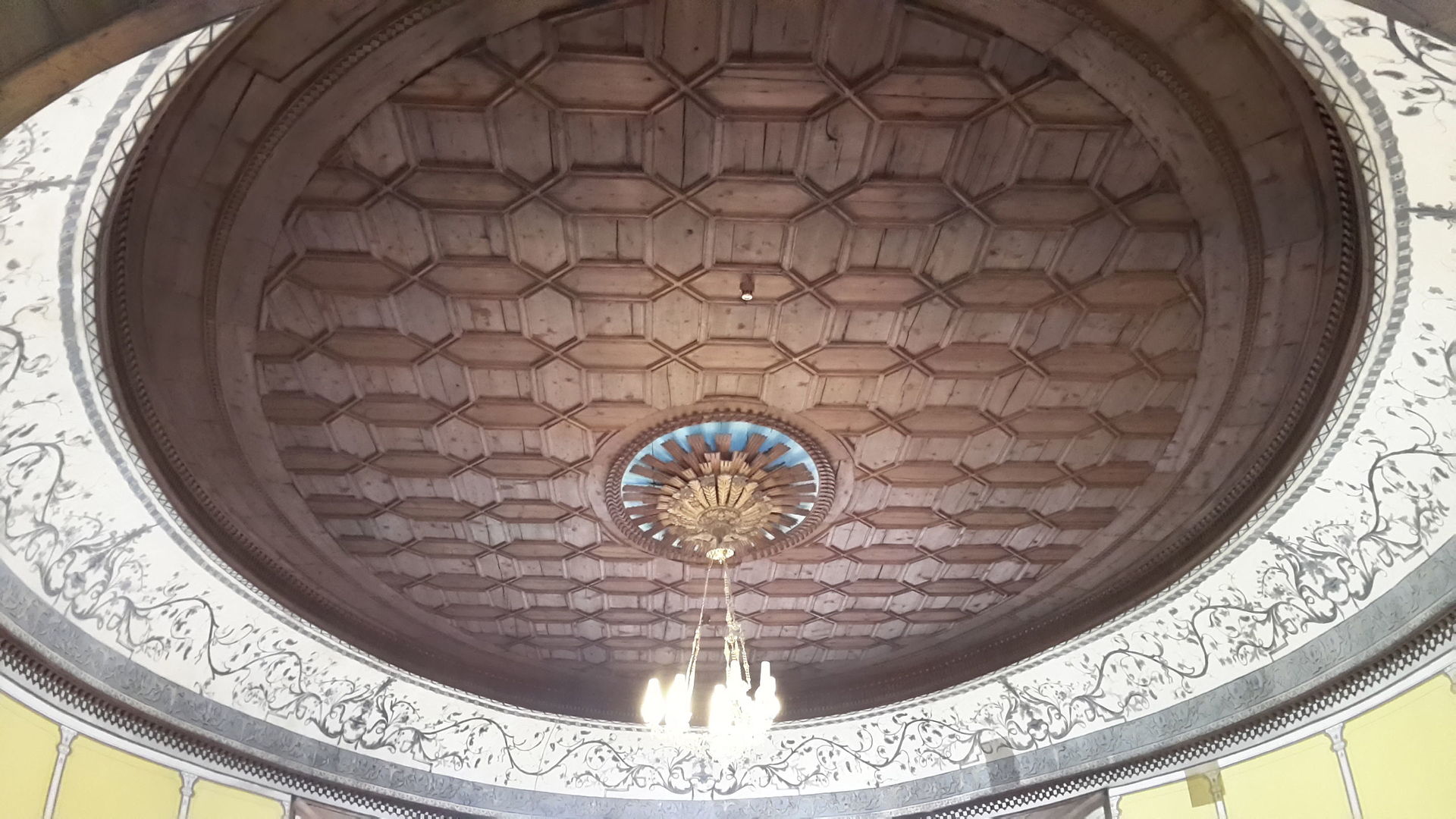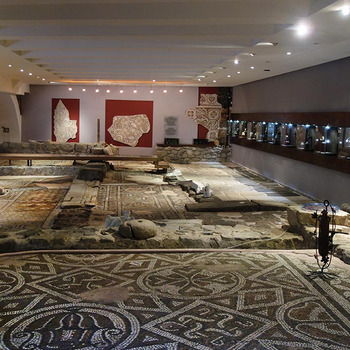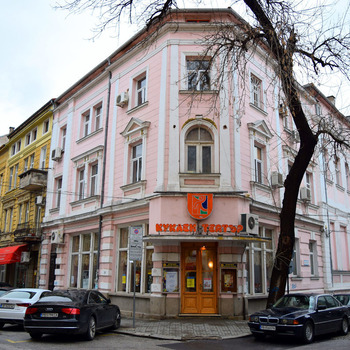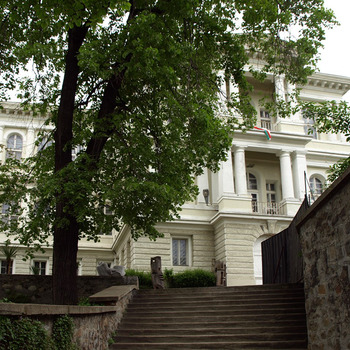Plovdiv Regional Ethnographic Museum
Overview
Regional Ethnographic Museum in Plovdiv is the second largest specialized museum of ethnography in Bulgaria with an established scientific and educational activity and a center for cultural tourism. The museum is located in Kuyumdzhieva House - a cultural monument of national importance.
The first idea to create an ethnographic museum dates back to the end of 1891. After a quarter of a century, at the suggestion of Stoyu Shishkov, the local administration decided to create a Regional Museum. Its main goal is to collect materials related to the past and present of the Plovdiv region in historical, economic, artistic and everyday terms.
The beginning was set on January 22, 1917, when a meeting was convened in the District Palace (now the Municipality of Plovdiv), at which it was decided "to establish a District Museum at the Standing Committee." The rules of the museum were approved on July 20, 1918 and according to it the museum started working with director Yordan P. Georgiev and secretary Stoyu N. Shishkov.
There follows a period of collecting work, photography, promotional activities. In 1930 the museum values were over 500.
In 1931 - 1932, despite the reasoned resistance of Stoyu Shishkov, for reasons of economy, the administration transferred the material base to the National Library and Museum in Plovdiv.
In 1938, on the initiative of the mayor of the town Bozhidar Zdravkov, the second beginning of the modern museum was laid. As of this year, the museum is housed in the Kuyumdzhieva House, designated as a Municipal House Museum.
On October 14, 1943, the museum was opened for visits. In 1949 the Municipal House Museum was renamed the National Ethnographic Museum. In 1952 a permanent exhibition was opened, completely renovated in 1962.
The exposition of the museum presents the traditional culture of the people who inhabited Thrace, the Rhodopes and Srednogorie from the Renaissance period. In a permanent exhibition, agriculture and animal husbandry are presented as the main livelihood of the population of the region. Among the traditional crafts in the museum are presented abadjiystvo, gaitandzhiystvo, pottery, coppersmithing, ironwork. Goldsmith's workshop is exposed with all its inventory. Part of a collection of jewelry and church utensils, traditional folk costumes, fabrics, carpets, musical instruments and ritual props are presented. The urban life is also presented.
Recommended
- Balabanova house
- The old town of Plovdiv - an architectural reserve
- Exposition "Bulgarian Revival"
- Hindlian House
- House-museum of Atanas Krastev
- Church "St. St. Constantine and Helena"
- Hissar Kapiya Gate
- Archaeological complex Nebet Tepe
- Puldin Fortress


 Bulgarian
Bulgarian Romanian
Romanian